Wall drain for washing machine
 Usually people, at the stage of bathroom renovation, think through the future interior down to the smallest detail. Residents prefer to “hide” all hoses and pipes so that nothing unnecessary catches the eye. How to make a drain in the wall for a washing machine so that later, if necessary, you can easily remove and clean the hose? At what height should the drain be connected? Let's look into the nuances.
Usually people, at the stage of bathroom renovation, think through the future interior down to the smallest detail. Residents prefer to “hide” all hoses and pipes so that nothing unnecessary catches the eye. How to make a drain in the wall for a washing machine so that later, if necessary, you can easily remove and clean the hose? At what height should the drain be connected? Let's look into the nuances.
Planning and procurement of components
When renovating their bathroom, residents are increasingly thinking about the possibility of “hiding” sewer and water pipes. Before starting work, you need to plan whether this option is acceptable specifically in your case. Evaluate the thickness and material of the walls - this will be decisive.
Typically, craftsmen do not recommend hiding pipes that “run” under the bathtub into the wall. There is no point in this, since communication will not be visible anyway. And this will only lead to additional costs and unnecessary work.
But it makes sense to hide the drain hose of an automatic machine. Usually the corrugation is visible until it goes under the bathtub or sink. Let's figure out how to hide drainage in the wall? What will it take?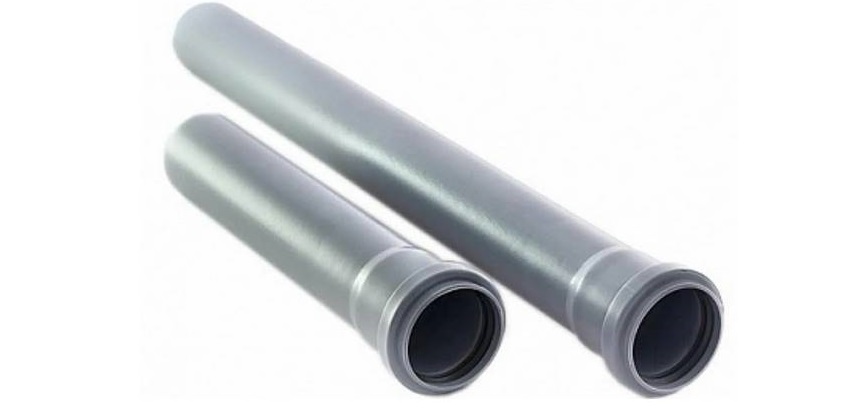
Let's assume the washing machine is connected to a common siphon. The drain hose runs from the machine to the decorative panel under the bathtub. How to hide the corrugation?
- Assess whether it will be easy to pierce the wall.
- If you are buying a new washing machine, calculate whether the drain hose is long enough to lead it to the outlet point.
- Prepare all the tools and materials that will be needed during the work.
It is necessary to organize the drain so that the hose of the automatic machine can be easily serviced.
You will have to make a recess in the wall for the drain and inlet hoses of the washing machine. Don’t just lay the pipes and plaster them, but do it in such a way that they can easily be pushed inside and removed if necessary. The easiest way to install such a niche is from a ventilation duct.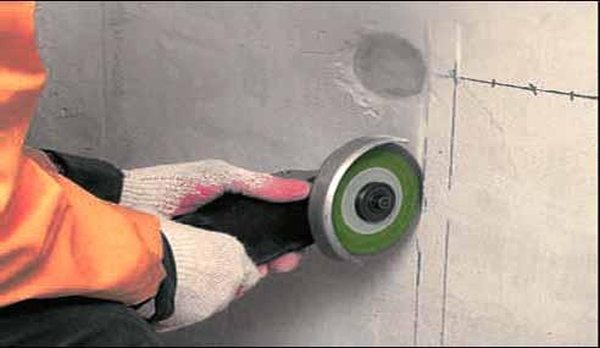
To drill the wall you will need a hammer drill. You can also make a recess using a wall chaser. It is better to additionally use a vacuum cleaner so that the work takes place without dust.
The recess is made of such a size that the ventilation duct “fits” into it. In this case, both the drain and inlet hoses of the washing machine must fit in the niche. Having placed the plastic element in the groove, you will need to plaster the wall, leveling the surface.
Laying communications and connecting a hose
When installing the washing machine, it is important to monitor the height of the drain hose connection. The end of the drain hose must be located at least 50 cm above the floor level. This is stated in the instructions for each SMA.
The beginning of the drain hose is fixed inside the automatic machine. The middle of the corrugation rises and clings to the factory fastening in the form of a ring or hook on the rear wall of the case. Next, the hose will need to be passed through a ventilation duct hidden in the wall and connected to the siphon branch under the bathtub or sink.
The algorithm of actions will be as follows:
- decide on the location of the washing machine;
- draw markings for grooves on the wall;
- make a recess of the required size in the wall;
- install a ventilation duct in the wall;
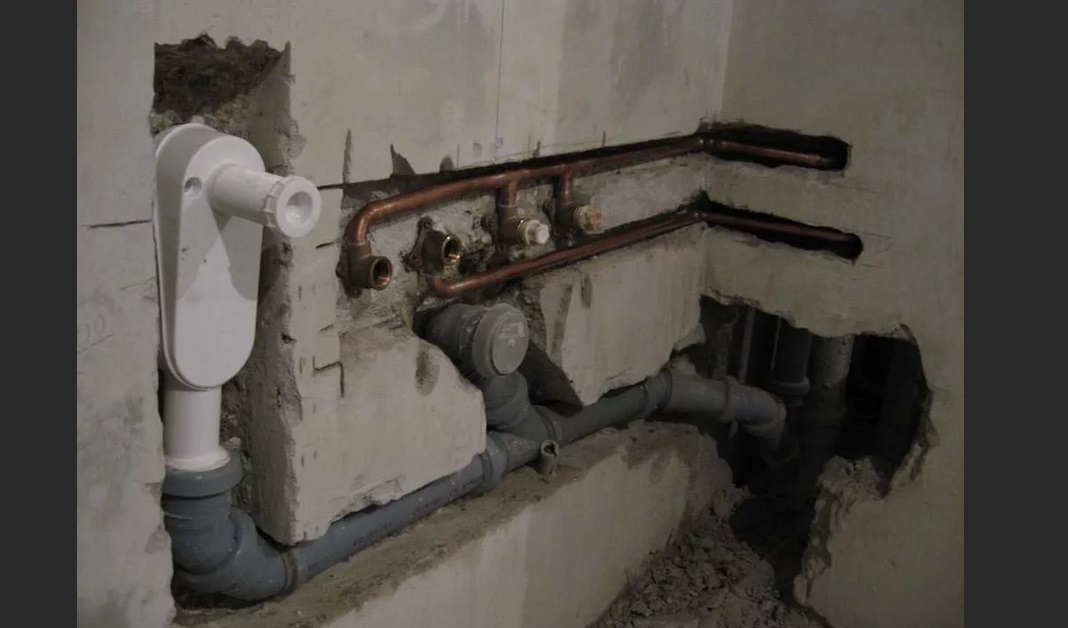
- plaster the wall (this will leave only two holes on the surface for the “entry” into the niche and the “exit” from it);
- put the machine down, pass the drain hose through the wall to the siphon outlet;
- connect the drainage hose of the machine to the siphon branch and secure the junction with a clamp.
A secret niche in the wall is an excellent option for “hiding” the drain and inlet hose of the washing machine.
Be sure to monitor the height of the drain. If the end of the hose is placed too low, a siphon effect may occur. Instead of going into the sewer, the water will be poured back into the machine. The wastewater will end up in the drum, with the laundry.
Also, on the contrary, self-draining of the liquid will be possible. Clean water will immediately go down the drain. The machine will not be able to fill the drum; the cycle will be interrupted by an error in the self-diagnosis system.
Do not place the machine too far from the sewer connection. The length of the drain hose should not exceed 1.75 meters. Otherwise, the load on the washing machine pump will be higher, so the pump will fail faster.
If you decide to hide the corrugation of the machine in the wall, be sure to take into account the height of the drain and the possibility of subsequent access to the hose. The drainage sleeve often becomes clogged, which means it will have to be cleaned. Therefore, the tube must be freely pulled out from the “secret place”.
Interesting:
Reader comments
- Share your opinion - leave a comment


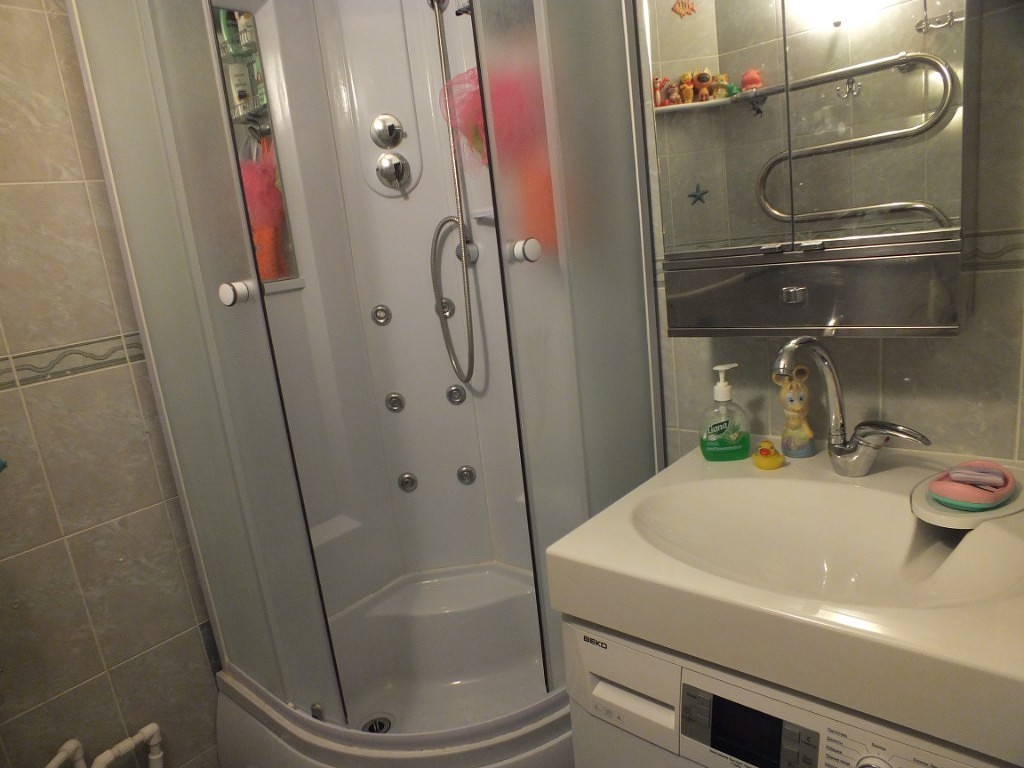
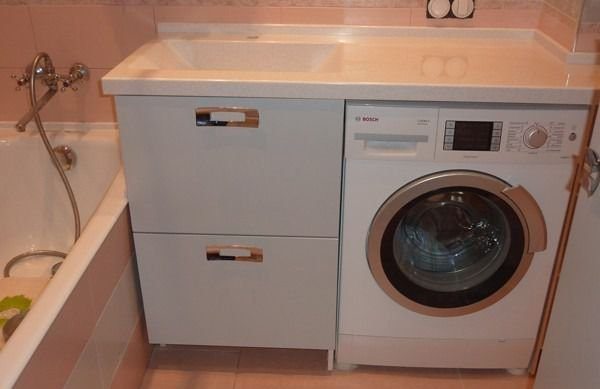
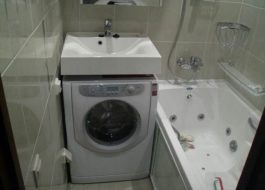
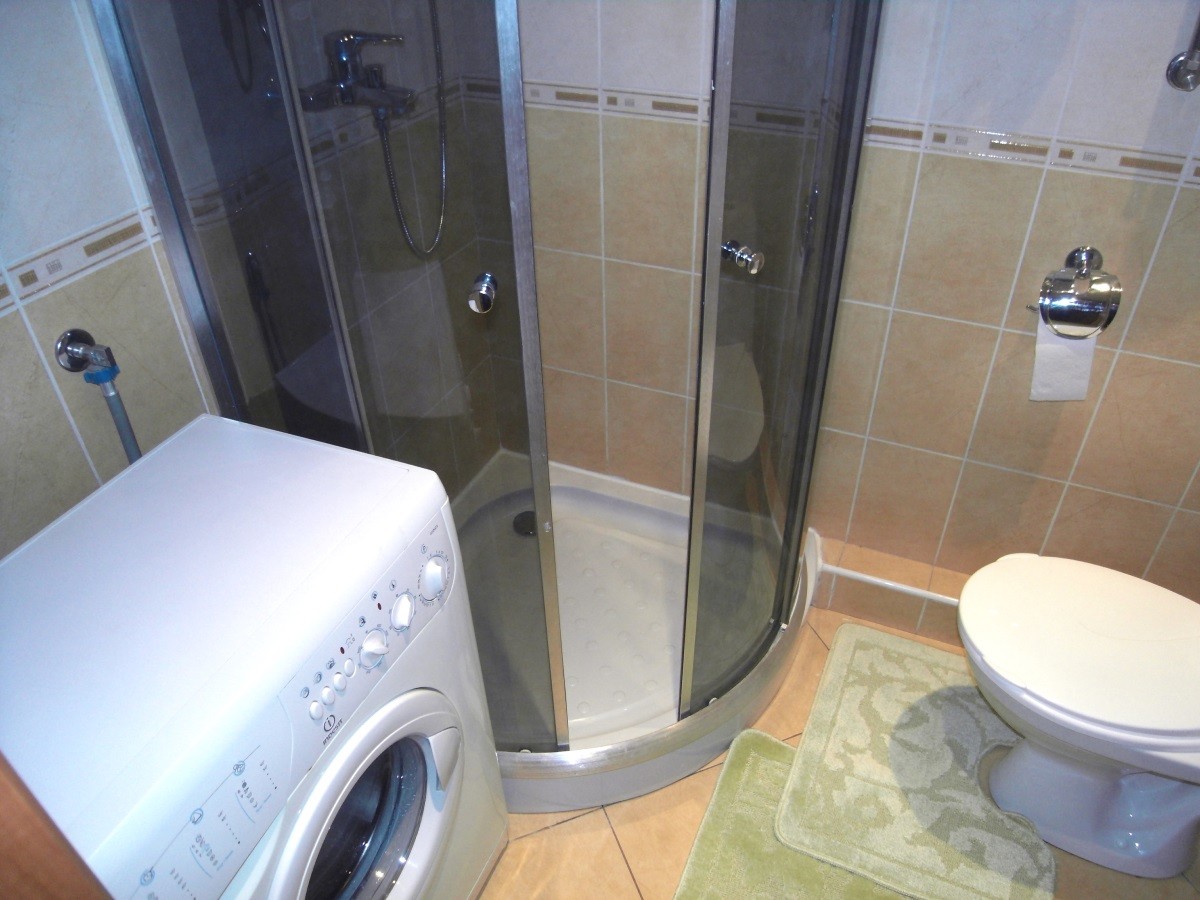















Add a comment